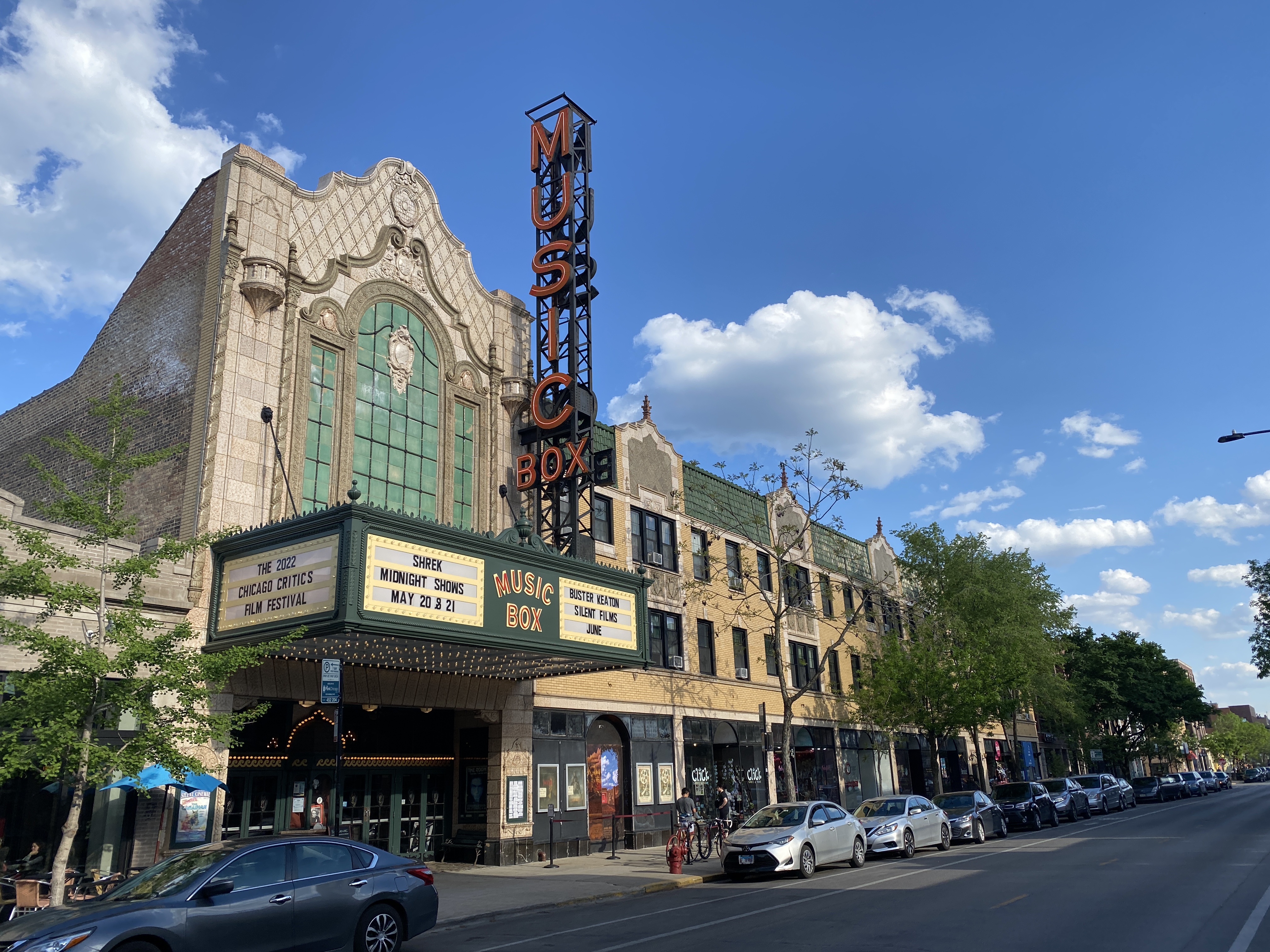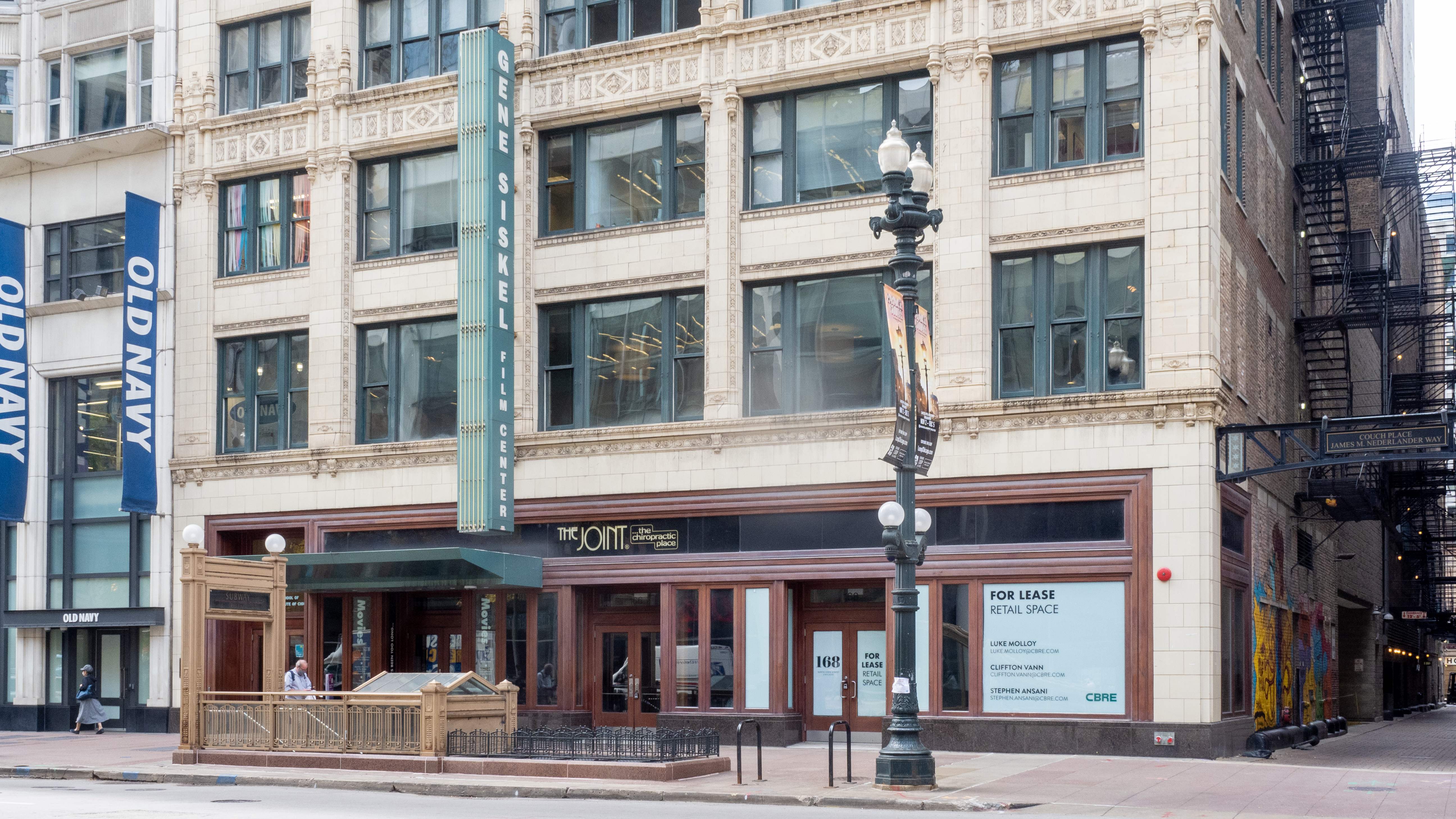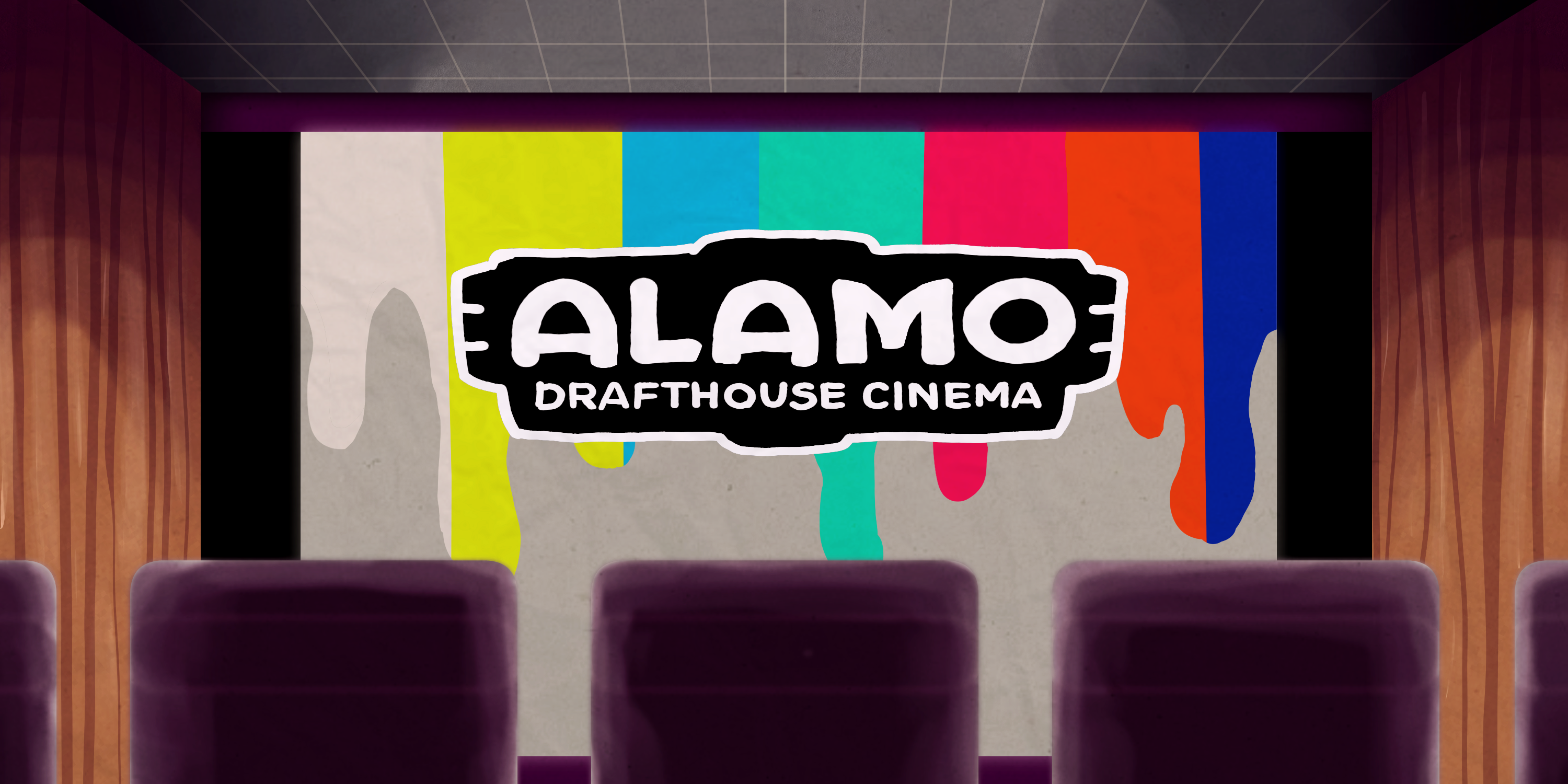Amid a changing media landscape, Chicago cinemas adapt and thrive
Movie theaters are dying.
So goes the common refrain, spoken by both detractors and supporters of the theatrical experience. And, yes, from a distance, things certainly seem that way. The triple whammy of improved television technology, the proliferation of streaming services and the COVID-19 pandemic slammed head-first into the theater industry.
AMC, the United States’ largest cinema chain, closed almost 100 theaters from 2020 to 2023 while only opening about fifty. Regal Cinemas—the second largest—filed for bankruptcy in 2022. Major studios are only releasing about half as many films as they did during the peak box-office years of the early 2000s, and the total number of screens in the U.S. has decreased by about 3,000 since 2019. The math looks bleak, indicating a death knell for one of America’s most cherished traditions.
Right?
Despite the alarming numbers, certain sectors of the movie theater industry are surviving or even thriving within the post-pandemic landscape by offering deluxe or unique experiences. This trend is exemplified in the January 27 opening of Alamo Drafthouse Wrigleyville, Chicago’s first outpost of the Austin, Texas-based cinema chain known for their premium food and drink offerings.
“One thing that is unique about Alamo among theater chains is that they are just as much restaurant as they are movie theater,” says Ryan Dombrowski, a member of the cinema’s food service and support staff. “The dining experience is what sets us apart.”
Dombrowski, who began working at Alamo in April after having previously managed an AMC in Niles, Illinois, emphasizes the theater’s attention to detail when it comes to food, as well as the diverse menu options.
“You could go to Alamo every day and still not get tired of the food,” Dombrowski said.
This culinary focus seems to be working for Alamo, as the chain—after a pandemic-fueled bankruptcy stint in 2021 that resulted in the closures of three theaters—has since gone on to open six new locations, with five more planned in the immediate future.
Aside from the food, Dombrowski highlights Alamo’s innovative preshow programming (unique for every film) and VHS rental service (known as “Video Village”) as other reasons for the theater’s success. In Dombrowski’s anecdotal experience, these factors are contributing to a surge in business at the Wrigleyville location.
View this post on Instagram
“Just last Tuesday we sold out three shows [at Alamo]; in my entire time at AMC, we only sold out for one film,” he said.
While Alamo Drafthouse might be the shiny new object among Chicago’s moviegoers, another, much older theater has reached new heights of success in the wake of the pandemic. The Music Box Theatre, located along the Southport Avenue commercial corridor in the Lakeview neighborhood, opened in 1929 as one of Chicago’s first sound-enabled cinemas.
Though the theater faltered during the mid-twentieth century, it experienced a second wind when it began screening repertory films. Since then, the Music Box has become one of Chicago’s preeminent destinations for film buffs thanks to its combination of cult classics, foreign and indie darlings, and a dozen-plus film festivals occurring throughout the year.
“The niche we’ve carved out for ourselves is hard to replicate,” says Kyle Cubr, the Music Box’s senior operations manager.
When the pandemic pumped the brakes on film exhibition, Cubr and the rest of the Music Box team had to get creative. Cubr details how the cinema offered to-go concessions in the initial months of the pandemic and soon after began outdoor screenings in the garden located on theater property. When it came time to reopen amid continuing restrictions, the process was meticulous.
“Before we reopened, I had to sit in the theater with a tape measure and figure out the most optimal way to seat everybody so that everyone remained six feet apart from each other,” Cubr recounted.
Once the worst of the pandemic subsided, the Music Box saw an influx of moviegoers, who have come out for both new releases and, somewhat surprisingly, repertory films.
“They [repertory films] have done well for us in the past, but we’ve seen a huge spike upwards,” Cubr said. “People really want to go and get that experience. I think it’s a combination of [the lifting of] the lockdown and also younger audiences wanting to refine their tastes.”

The Music Box Theatre screens new releases and old favorites. Photo by – EMR – – BNMB5, CC BY-SA 2.0, https://commons.wikimedia.org/w/index.php?curid=123205153
Cubr explained that the Music Box capitalizes off of the sentiment that “I never would’ve gotten the chance to see this and now I have the opportunity to go to the movies and see something that’s forty, fifty years old … People really want to check that out.”
As for Alamo Drafthouse opening less than a mile away from the Music Box, Cubr wasn’t too concerned. He pointed to the different programming and theatergoing experience provided by the two theaters, as well as the fact that the Music Box exhibits many films on actual 35mm and 70mm film, a unique method that many cinephiles swear by. Alamo, on the other hand, is strictly digital. Furthermore, the management of both cinemas are friends who are actively working to promote the theater experience to as many Chicagoans as possible.
“We’re able to coexist in this ecosystem—there are enough moviegoers in the city of Chicago,” Cubr said.
The Gene Siskel Film Center is a third theater finding success thanks to its unique experience. Located in the Loop and named after the late, great film critic for the Chicago Tribune, the Film Center is a direct program of the School of the Art Institute of Chicago (or SAIC), and thus has a significant academic bent to its mission.
“Because we are a nonprofit and we are part of an academic institution, we do have a lot of dialogues after screenings, and we host a lecture series in the fall and spring that SAIC students attend for credit but the general public can also attend,” said Rebecca Fons, the Film Center’s director of programming.
It is Fons’ job to program a slate of films that both satisfy audiences and push the medium of cinema forward. This creates a decidedly less raucous environment than a theater like the Music Box, with its stadium seating and midnight showings. To call the Film Center lethargic, however, would be a misnomer, as factors such as the cinema’s clever concessions tie-ins and diverse array of guest speakers help to achieve what Fons describes as “making presentations of film special.”

The Gene Siskel Film Center hosts lectures and dialogues to supplement its film screenings. Photo by ajay_suresh – Gene Siskel Film Center, CC BY 2.0, https://commons.wikimedia.org/w/index.php?curid=110893162
The Film Center’s emphasis on a holistic moviegoing experience earned a loyal following that helped navigate the theater through the pandemic by means of charitable contributions. That, combined with institutional support from SAIC and a robust film festival lineup, helped the Film Center reach, as Fons puts it, “as far away from that dark spot [of the pandemic] as we have been.”
If there’s one thing Dombrowski, Cubr and Fons all agree upon, it’s that the foretold “death of cinema” is almost entirely fictitious.
“Movie theaters aren’t going anywhere anytime soon,” said Cubr. “People have been saying that since television came out, since the VCR came out. You can’t recreate the theatrical experience at home. There’s something about sitting in a communal space with a bunch of other people that you just can’t get anywhere else.”
Header image by Julia Hester




NO COMMENT